In this beginner’s guide to wild swimming we’ll look at the why, how and what you’ll need to take the plunge into the deep blue. Recently, Anthropologist Alice Roberts launched her wild swimming programme on BBC Four exploring what lies behind the new-found passion for wild swimming that is sweeping Great Britain. Alice’s journey took her across Britain to cavernous plunge pools, languid rivers and unfathomable, underground lakes – as well as on a bracing skinny dip in a moorland tarn. Britain’s love of wild swimming maybe on the rise, but it’s not a new pastime.
The late author, documentary-maker and environmentalist Roger Deakin had a well documented passion for wild swimming that spanned decades and even inspired his best-selling book “Waterlog”. Another popular figure who is renowned for wild swimming and enduring bracing temperatures is Dutch extreme athlete Wim Hof, also known as The Iceman. Hof has set Guinness world records for swimming under ice and prolonged full-body contact with ice. He teaches and trains his followers the “Wim Hof Method” including breathing and mindfulness techniques helping them to be able to handle ice cold temperatures. We took to the hills in search of Gaddings Dam in Todmorden, Yorkshire to dive in and be fully baptised into the wild swimming worship. If you’re considering taking the plunge, read on for a little gentle guidance…
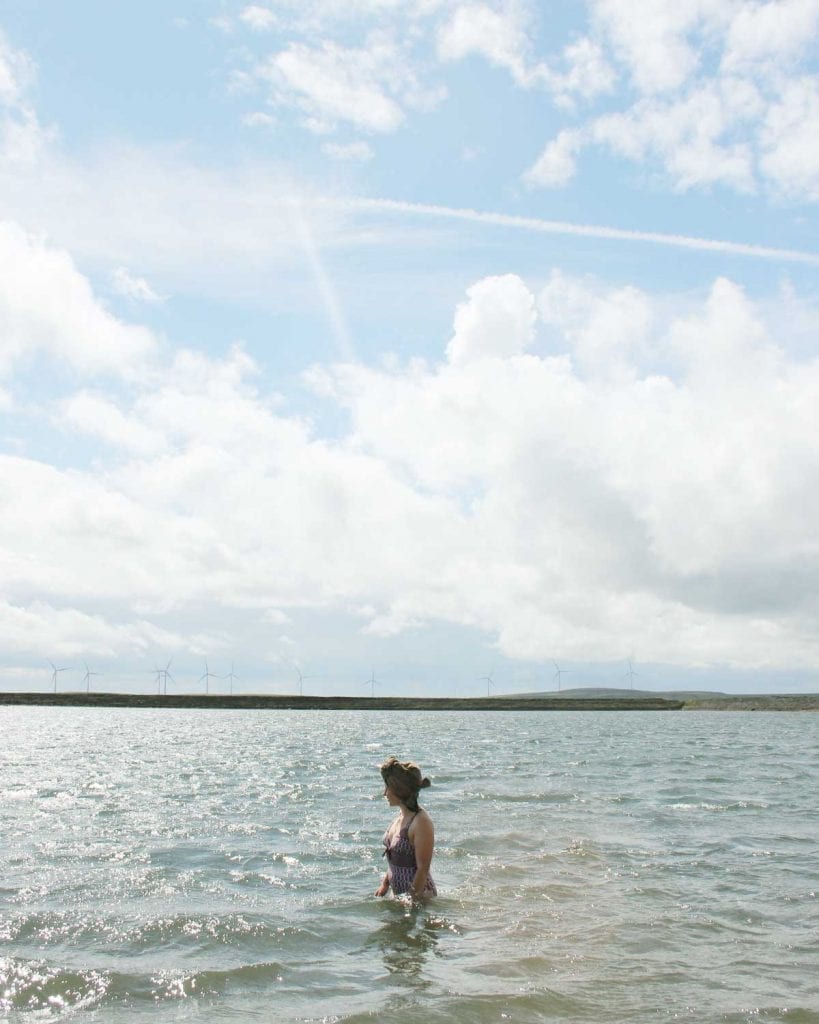
“When you enter the water, something, like a metamorphosis happens. Leaving behind the land, you go through the looking glass surface and enter a new world in which survival, not ambition or desire, is the dominant aim.”
– Waterlog, Roger Deakin
So, What Is Wild Swimming?
To put it simply, wild swimming is, swimming in the wild. So when you swim in a river, lake, in the ocean, you’re wild swimming. You might otherwise refer to wild swimming as just outdoor swimming, but this term would also include lidos and outdoor swimming pools.
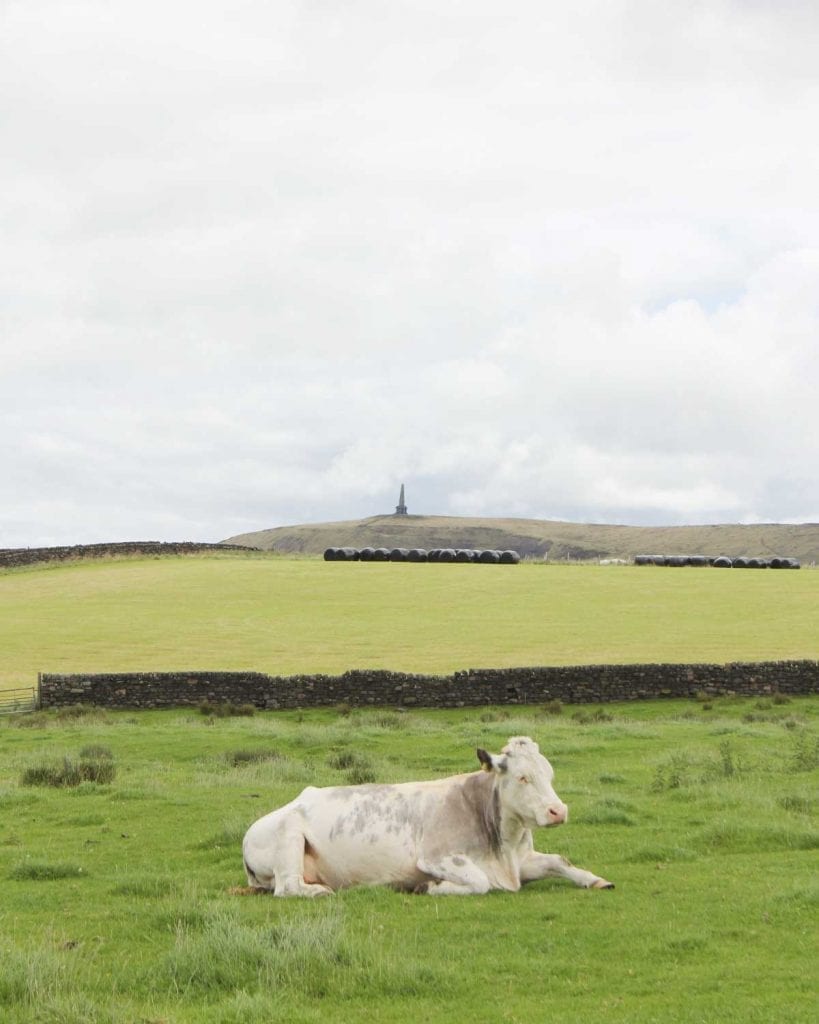
Wild swimming is very simple. Do a little research ahead of your adventure and find your local body of water, that is suitable for swimming. Grab your costume (or don’t) and dive in. Wether you choose to get fully submerged in a river or paddle in a stream, both will give you a natural glow. Obviously there are some safety considerations and you need to get clear on those before swimming outdoors. We headed off to Gaddings Dam in Todmorden, Yorkshire to discover “Britain’s highest beach” and discover what wild swimming was all about. This involved a picturesque walk though fields and up a country lane. Wild swimming will offer up the opportunity to explore nature and find locations you would never have otherwise visited.
Wild Swimming: What You’ll Need
Now, the first thing to mention is the cold. If you swim outside in Britain, chances are it’s going to be cold. There are certain things you might like to pack in your kit to prepare ahead of taking the plunge. Alternatively, you could just turn up with the “Wim Hof Method” and your birthday suit, everyone’s approach is different, yours is of course totally up to you.
- Breathing Technique- The Wim Hof Method and your birthday suit or bikini- you might choose these things alone and be just fine.
- Swimming Cap- If you’re a concerned about the cold, pack a swimming cap- As heat is lost through the head you will feel the benefit of donning your finest swimming cap.
- Wetsuit- We saw lots of hardy looking wild swimmers on our trip to Gaddings Dam wearing wetsuits, this will help to keep you warm, thought it does mean you don’t feel the water on your skin as much, and so reduces the full sensory experience.
- Water Booties- If there are rocks underfoot as you slowly make your way into the water, these will also help to keep your feet warm.
- Towel- You’re going swimming after all!
- Picnic- Always good to enjoy a snack or bite to eat after a swim, maybe pack a flask of hot chocolate too.
- Warm Layers- Pack a warm layer to wrap yourself up in after you’ve dried off and maybe some cosy socks, you’ll be glowing and warm layers will feel extra cosy.
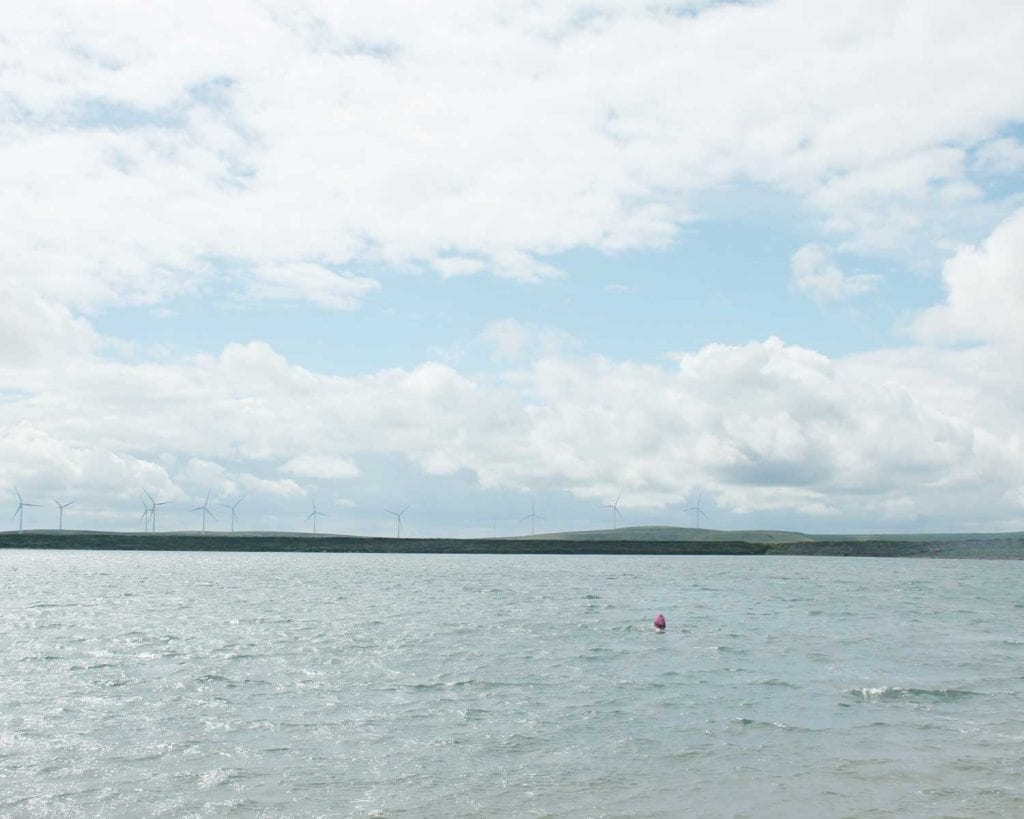
What Are The Benefits?
For centuries water therapy has been used as a holistic healing therapy for various ailments. Cold water stimulates circulation, sends electrical impulses to your brain, helps to increase alertness, clarity, and energy levels. You’ll also experience the release of endorphins, otherwise known as “happiness hormones” meaning you experience feelings of well-being and, well, happiness! A number of other benefits include:
- Exploring nature- Getting out into nature, what better way to shake off the cobwebs than by exploring the beautiful countryside.
- Increased metabolism- Regular exposure to cold water, be that from wild swimming or simply taking cold showers 2-3 times a week can increase your metabolism.
- Pain relief- Wild swimming isn’t available on prescription and if you have a health condition you should speak to your doctor before attempting to venture out into the wild. However, one of the main benefits of using cold water for healing is to lower the temperature of your damaged muscle tissue, thus constricting the blood vessels. This helps reduce any swelling and inflammation, and even numbs the nerve endings, which can bring immediate pain relief. The same effect can be created using a cold shower at home too.
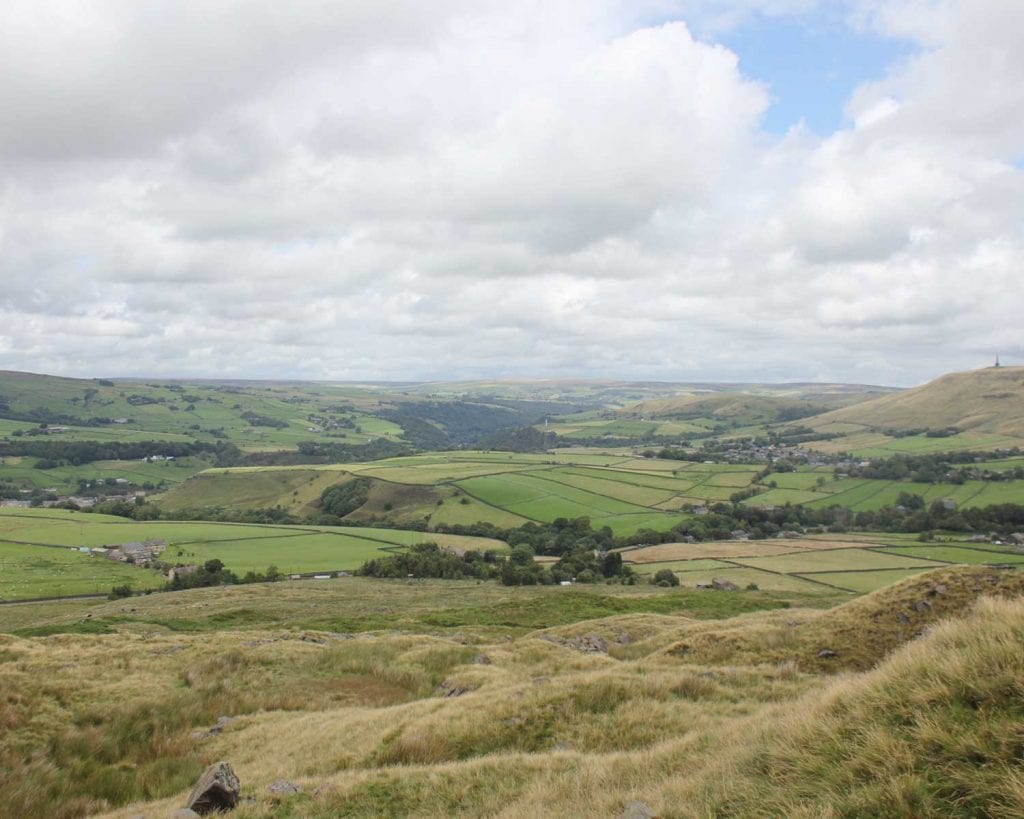
Wild Swimming: First Steps
As you head out on your wild swimming adventure, you might like to ease yourself in gently. At first you might feel slightly awkward getting into your bathing suit in the open countryside. You might also find the cold temperatures unbearable.
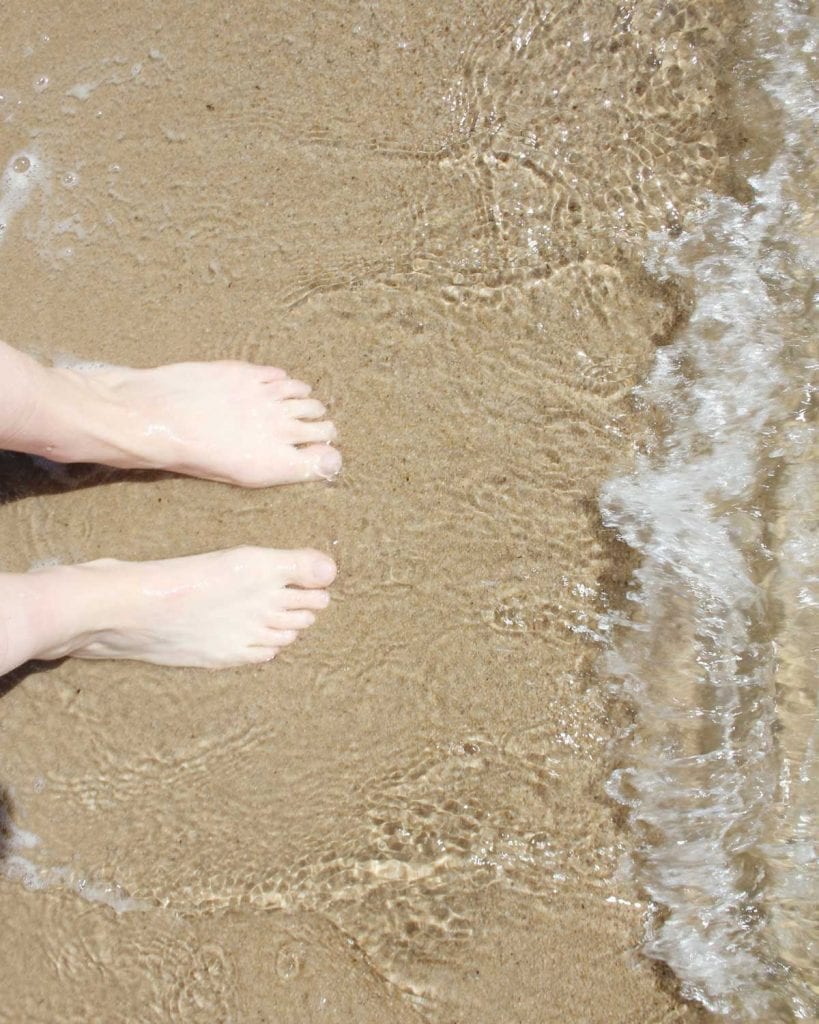
- Prepare your mind- Start by slowly lowering the temperature at the end of a usual shower. Get the water cold enough that you start to feel uncomfortable. Then, stay underneath the water for 2 or 3 minutes. Breathing deeply will help decrease your discomfort in your mind.
- Visit the seaside- Try swimming or splashing around at the seaside to remind yourself just how much fun it can be.
- Test the water- Try wading into a local lake or river. Overcoming the feeling of awkwardness of swimming in a public place can often be the main challenge.
- Remember to breath- When you first get your feet in the cold water take deep breaths, this will help your body to adjust.
“The breath knows how to go deeper than the mind.”
– Wim Hof
Important Things To Consider:
Wild swimming is so much fun, it’s a challenge and an invigorating way to spend a day. There are a few things to be mindful of before jumping in the water.
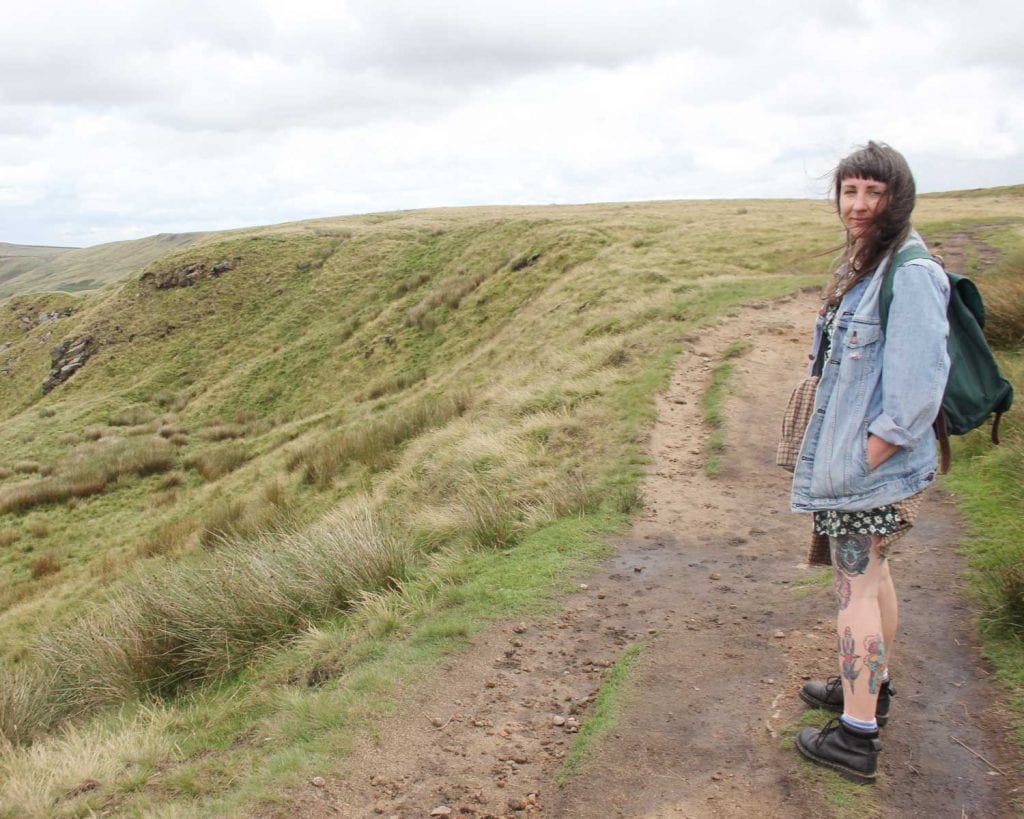
- Don’t swim alone, go with a friend just incase you get injured or get into trouble.
- Do no jump into water if you don’t know the depth.
- If you’re swimming in a new location check the tides and signposts, do your research before swimming.
- Ensure the body of water you are thinking of swimming in is suitable, some reservoirs can have dangerous underwater currents.
Our day trip to Gaddings Dam in Todmorden was an eye-opening experience. Wild swimming is a lot of fun, it’s a mental and physical challenge, but will leave you with a fresh glow, feeling reinvigorated and ready to take on the world (after a hot chocolate of course).
“The limit is not in the sky. The limit is in the mind.”
– Wim Hof




